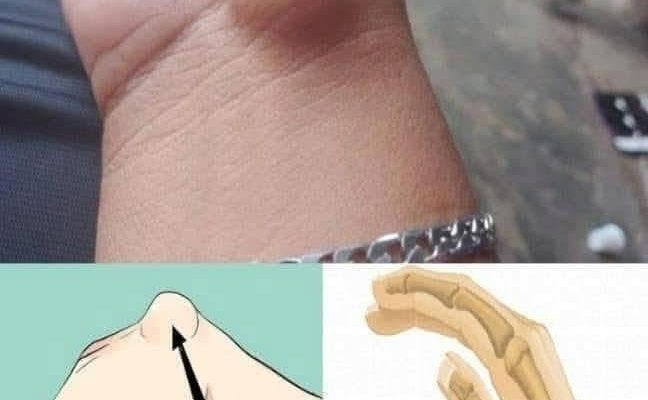
Beware of Sleep Bites! They Could Lead to Health Issues You Didn’t Expect
A bruise is a common injury that discolors the skin’s surface; it is also known as an ecchymosis or contusion.
The dark hues, which can range from purple and black to blue, occur when trauma, such as a bump, tumble, or cut, causes blood vessels called capillaries to break.
Blood leaks out and becomes trapped beneath the outer layers of your skin, leaving a prominent mark.
Internal bleeding is indicated by the darkening of a bruise, which typically changes color several times while the body heals. A fresh bruise often looks red at first because it contains oxygenated blood.
In a few hours or days, the blood may turn darker blue or black as the blood vessels heal and oxygen is lost. Over the next few days, the bruise turns green and yellow as the body breaks down the blood cells and processes the hemoglobin in the blood.

Bruises are categorized based on where they occur. Subcutaneous bruises are the most prevalent kind and are usually brought on by a bump or fall.
This type of bruise damages the periosteum, the connective tissue that envelops the bones. Given the presence of nerve endings in the periosteum, this kind of bruise may be painful.
Because it may cause sensitivity or an intense pain, a bruise is a more serious type of injury. Intramuscular bruises can occur after an accident when blood collects around the muscles.
Intramuscular bruises are not only unpleasant, but they can also affect how well a muscle works, potentially making it stiff or difficult to use.

This can sometimes limit range of motion and interfere with normal function until the bruise heals.
Most bruises heal on their own in two to three weeks, so professional care is not required. However, if a bruise is large, persistent, or appears for no apparent reason, it may indicate a serious condition that requires medical attention.

Bruises can occasionally accompany cuts, which can complicate the healing process. Depending on how bad the cut is, there may be a risk of infection, significant bleeding, or damage to the tissues underneath.
If you have a cut or bruise and any of the following occur, it is imperative that you seek medical attention.
If bleeding from a major incision does not cease, it is imperative that you get medical help right once. It may be necessary to use stitches or pressure to stop the bleeding in order to prevent a large loss of blood.
If the cut is severe enough to expose bone, tendons, or other internal parts, medical care is necessary to clean and heal the area completely in order to prevent infection or further damage.

Special risks of infection, including tetanus, are presented by cuts from rusty objects and animal bites, especially from animals whose immunization records are unknown.
Seek immediate medical attention in these situations. A head or ear cut or bruise may be a sign of more serious injuries, such as a concussion or skull fracture.
If you have suffered a head injury and are experiencing lightheadedness, nausea, or fainting, it is imperative that you get emergency medical attention.
Knowing when to get medical attention for cuts and bruises can help you avoid issues and ensure that the injury heals properly.

Despite the fact that bruises are generally innocuous, it’s crucial to monitor their progression and identify any warning signs that might necessitate medical intervention.
The healing and recovery process will be aided by taking the right steps, whether that be self-care for small wounds or expert care for more serious ones.


